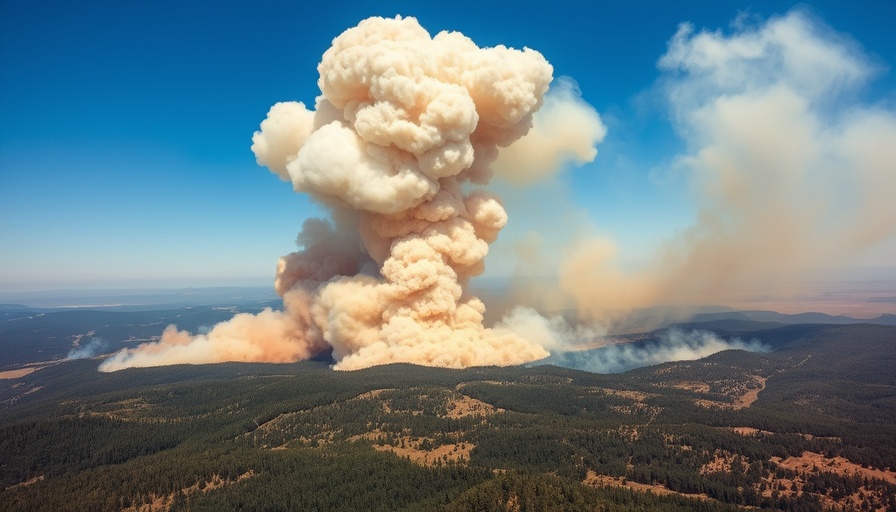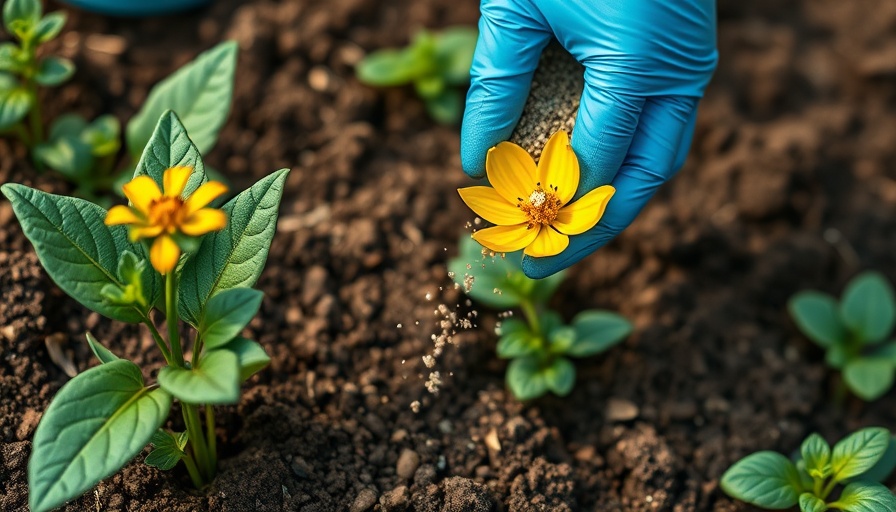
Understanding the Challenges of Lawn Care
As we transition from the scorching summer heat to the more temperate autumn months, the weather's erratic nature has left many homeowners grappling with the fallout in their landscapes, particularly their lawns. The unique challenges presented by sudden temperature fluctuations and wet weather have exacerbated problems for cool-season grasses like fescue, which has struggled to thrive under these conditions. This creates a perfect storm where identifying the difference between healthy grass and pesky grassy weeds becomes complicated for many homeowners.
Preparing for Lawn Renovation: Timing is Key
Mark your calendars! The period between September and early October is crucial for fertilizing and reseeding fescue lawns. However, take heed: weather conditions can greatly influence specific timelines. To ensure your lawn is set up for success, preparing now is more important than ever.
The Importance of Soil Testing
One proactive step for homeowners is conducting a soil test. Access to soil sample boxes and instructions through the Rowan County Cooperative Extension Office makes this process accessible. Soil testing will reveal the nutrient composition of your lawn, determining whether your fescue is receiving proper fertilization. Remember, overly acidic soil can hinder growth, making it essential to address these issues to foster a more vibrant lawn.
Effective Weed Control Strategies
When dealing with infestations from Bermuda grass, crabgrass, and other unwanted weeds, utilizing herbicides that contain glyphosate, such as Roundup, can provide an effective solution. Implementing these products at least two weeks prior to reseeding will help eradicate these invasive plants. Moreover, fully clearing infested areas paves the way for optimal conditions for new grass seed and fertilizers, ensuring a robust lawn for the future.
Mastering Lawn Seeding Techniques
Before reseeding, tilling or core-aerating the prepared areas increases the distribution of nutrients and water. Taking care to block off rectangular sections during lawn renovation ensures accurate measurements of seed and fertilizer applications, ultimately leading to healthier growth outcomes.
Local Resources to Enhance Your Lawn Care Journey
For further information on lawn renovation and maintenance, resources are available through North Carolina State University’s Carolina Lawns program. This site offers detailed guidelines to help both novice and seasoned lawn care enthusiasts deepen their understanding of maintaining beautiful landscapes.
Call to Action: Partner with Lawn Care Experts
To help you navigate the challenges this upcoming season may bring, consider reaching out to local professionals who specialize in comprehensive lawn care solutions—whatever the season. Whether it's lawn maintenance, snow removal, or landscape design, there's no better team than Everett Lucas's Northern Lawn Care. You can contact them at Northern-LawnCare.com or dial (231) 450-3414 to discuss tailored services that fit your unique needs. Make this year’s lawn the talk of the neighborhood!
 Add Row
Add Row 
 Add
Add 


Write A Comment